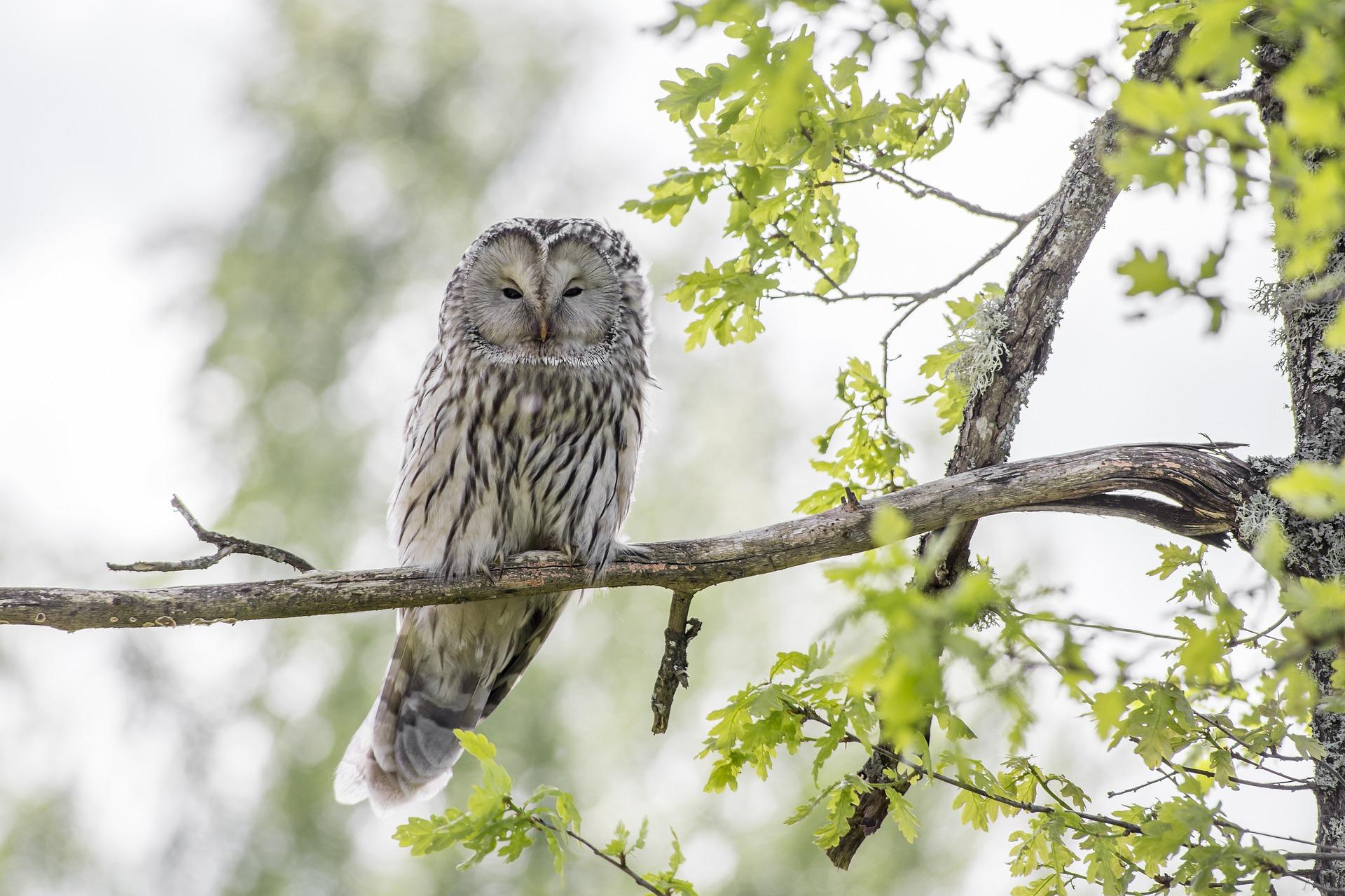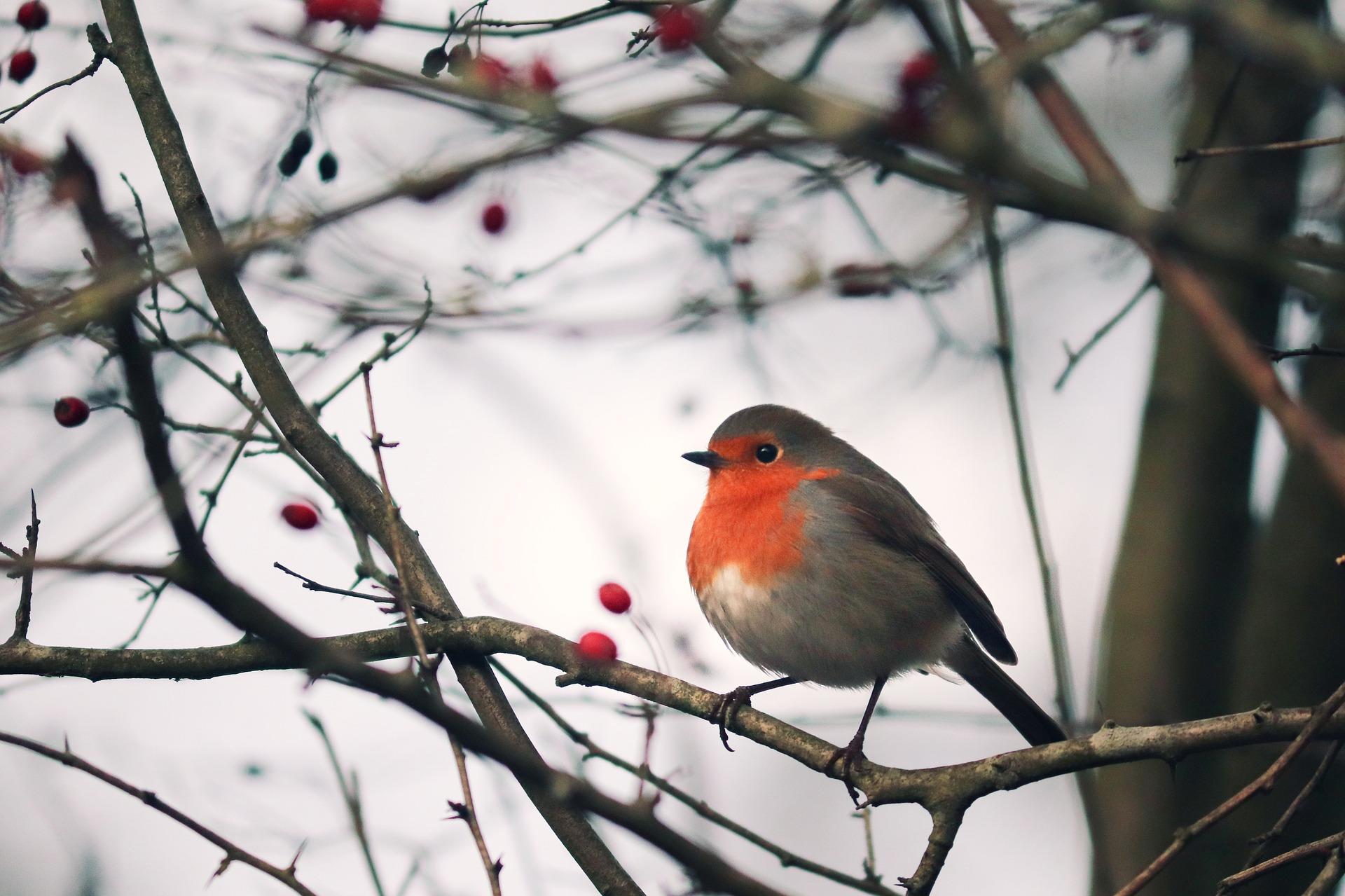“Everyone likes birds. What wild creature is more accessible to our eyes and ears, as close to us and everyone in the world, as universal as a bird?” - David Attenborough
Listening to birdsong is one of life’s simple pleasures. A German study in the journal Ecological Economics showed that birdsong can have a positive effect on people and make them happier. Listening to birdsong is a way to relax. But how do you know which bird is making which noise? Here’s how to recognise different types of birdsong.

Learn to Recognise Birdsong by Observing Birds
Before you start using the latest technology to recognise birdsong, the traditional way of recognising birds through their calls is by heading out and observing birds in nature. Choose calm and quiet places like woods and forests. Check for holistic vocal coach here on Superprof. 
Recognise Birdsong Through YouTube
There are a lot of resources out there that can help you to recognise different birds through sound. You can listen and compare the birdsong you hear with videos on YouTube as there are plenty of videos of different birdsong on the platform. 

Use Specialist Sites to Learn More about Birdsong
There are a lot of passionate birdwatchers out there sharing their knowledge and expertise online. You can use sites to associate photos of the species with the sounds you hear. Find more singing lessons Edinburgh here on Superprof. 
Learning About Birdsong with Apps
Thanks to apps, it’s never been easier to learn about and recognise different birds and their calls. 
BirdNET
BirdNET is one of the most popular apps for identifying birds. Think of it like Shazam but for birdsong. You can record all the birds around you. From there, you can get a spectrogram, a graphical representation of your recording. If you’d like to learn more about what you’ve heard, you can highlight a section of interest and the app will give you the information you need. Of course, the app isn’t 100% accurate. It’ll give you an indication of how sure it is. You can use it to identify over 3,000 species of birds from around the world. It might even help you identify the bird you’ve been hearing in your garden for years.
Bird Song ID
This app allows you to recognise different birds. While not as comprehensive as BirdNET, it is useful for learning more about very common types of garden birds. While it won’t recognise as many species as some other apps, it does recognise species quite accurately. You can also use it without an internet connection.
ChirpOMatic
This is another app that can recognise birdsong. However, you do have to pay for it. It allows you to record birdsong and identify species of birds automatically. Learn more about imitating birdsong
Learning to Recognise Birdsong by Studying Ornithology
For those passionate about birdsong, you can also study ornithology. Whether you’re learning from a professional ornithologist or amateur birdwatcher, there are plenty of people out there willing to teach you. They might even organise hikes in the woods, the countryside, or around town. A good ornithologist will be able to recognise many different species of bird by sight or sound. The very best will be able to distinguish between the different types of calls and songs. Of course, a single session won’t teach you everything you need to know, but they can help you learn more about the most common birds you’ll see. If you’re interested in birdwatching or ornithology, you might want to study the subject regularly. Just make sure you’re still observing birds between each session. You can also take intensive lessons. This could involve heading away to birdwatch for a week and learning more about the nature that surrounds you. Total immersion! Similarly, you’ll have a birdwatching professional on hand to help you with any questions. It’s like a holiday where you can learn. There are plenty of birdwatching tours and holidays around the UK. Look for local birdwatching clubs and associations near you to find out more. They could be your guide the next time you go birdwatching. If you'd like to learn more about birds, their calls, imitating them, or even singing, consider getting in touch with a private tutor through the Superprof website. There are tutors offering lessons in a huge variety of subjects and skills across the country and worldwide, either one on one, online, or in groups. Each type of tutoring comes with advantages and disadvantages so think about why you want to learn and how you prefer to learn. For example, face-to-face tutorials are good if you want to learn quickly and effectively as you'll be the only student in the class and all the tutor's time is spent focusing on you. They can also spend time outside of your lessons adapting the lessons and resources to you and what you want to learn. Of course, this tends to make one-on-one tutoring more expensive than the other types available, but it's often the most cost-effective way to learn, too! Group tutoring is an excellent option for those on a budget or those looking to make new friends with shared interests. As the cost of the tutor's time and experience is shared between all the students in the class, this type of tutoring is usually cheaper per student per hour. If you can't find any suitable or available tutors in your local area, you can always broaden your search to include tutors all over the country and around the world. Thanks to the wonders of technology, you can be taught via webcam from tutors almost anywhere in the world and since they don't have to travel to their students and have fewer overheads, they tend to charge less per hour than their face-to-face counterparts. Check for singing classes London here on Superprof.
Résumer avec l'IA :















